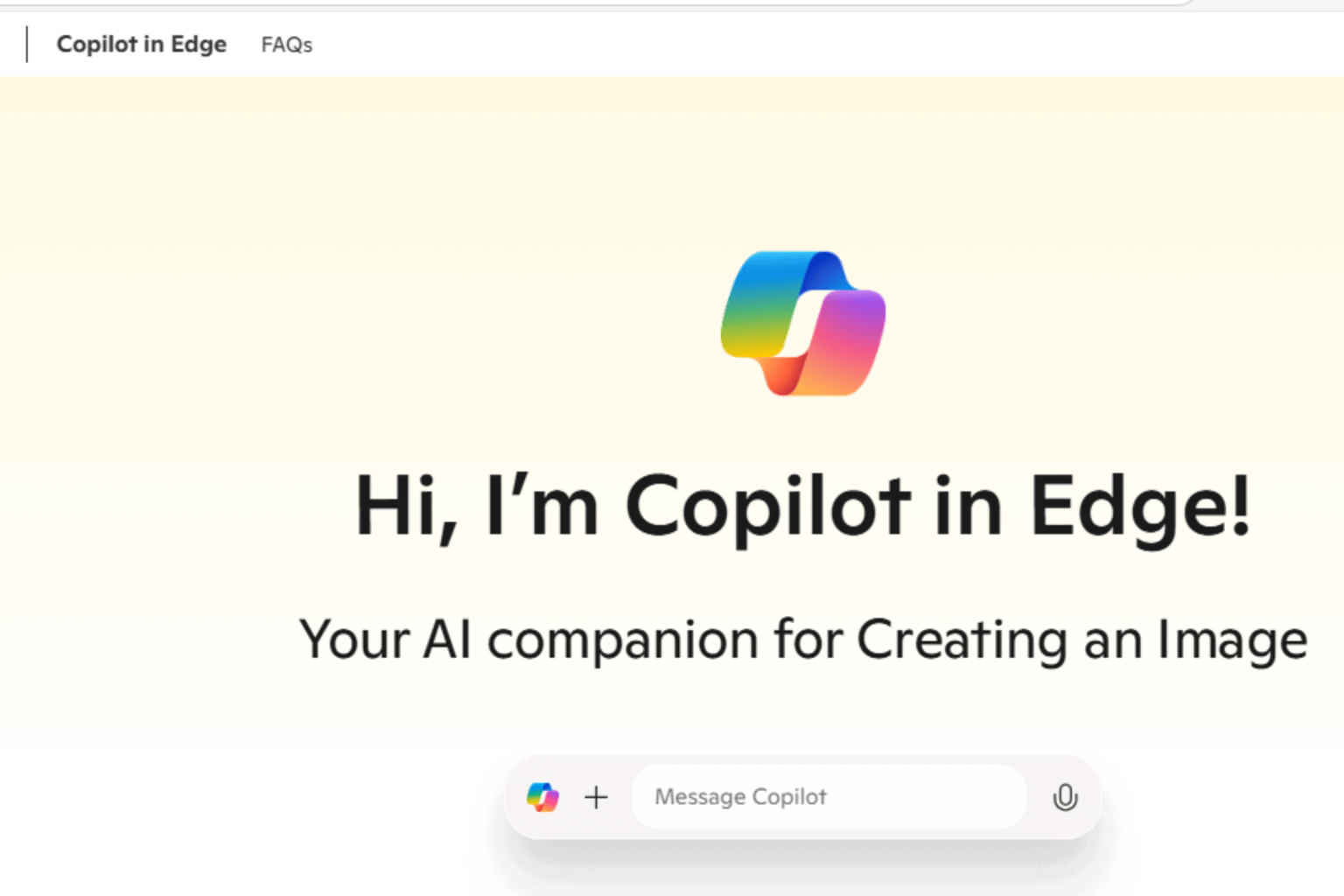
Copilot is Everywhere in Edge, Thanks to Microsoft—But Is That a Good Thing?
- 19.03.2025 10:17
- windowsreport.com
- Keywords: Overkill, AI
Microsoft has integrated its AI assistant, Copilot, heavily into Edge, with features like a Copilot button in the address bar. While aimed at enhancing support, this extensive presence is seen by some as intrusive and overwhelming, prompting calls for more user control and contextual use.